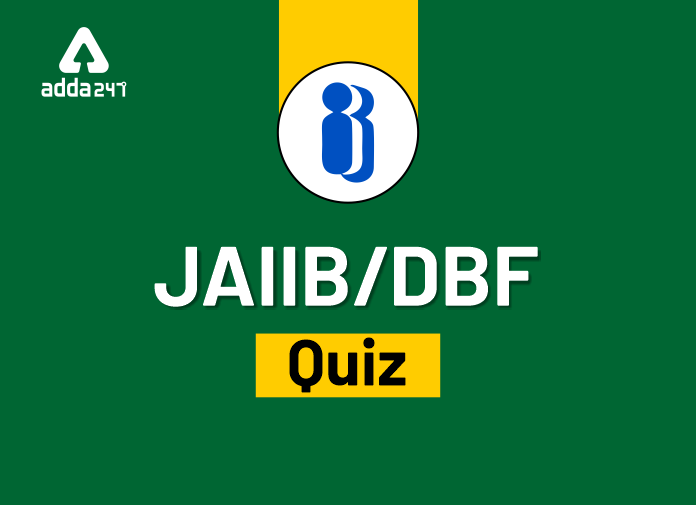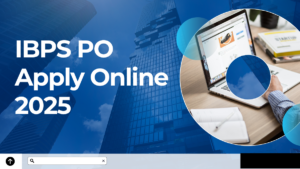Q1. Whether drawer can be payee?
a) No.
b) Yes, but the permission of RBI necessary nowadays.
c) Yes, by writing self cheque.
d) Yes, but the permission of bank necessary.
e) None
Q2. Which of the following is not an important feature of the Cheque?
a) It must be in writing
b) It must be drawn on specified banker
c) Must be issued by drawer with the permission of the bank to the drawee
d) The payee must be a definite person
e) Always payable on demand but not otherwise
Q3. When the drawee can refuse the payment of cash to the payee?
a) On receipt of notice of drawer’s death
b) On receipt of notice of the drawer’s insanity
c) Drawer requested the drawee to stop the payment
d) On the receipt of garnishee order
e) In all of the above situations, the drawee can refuse the payment
Q4. An endorsement can be on :
(a) the face or back of the negotiable instrument
(b) piece of paper annexed to the instrument
(c) a stamped paper intended to be completed as a negotiable instrument
(d) any of the above
(e) none of the above
Q5. A cheque was payable to A or order. He endorsed it in favour of B but died before it could be delivered to B. The legal heirs of A can:
(a) complete the negotiation by delivery only
(b) not complete the negotiation by delivery
(c) cancel the earlier endorsement and complete the negotiation by fresh endorsement and delivery
(d) either (a) or (c)
(e) none of the above
Join Live Batch for JAIIB Studies:
- LRAB 2020 | JAIIB 2020 | LIVE CLASSES | BILINGUAL
- AFB 2020 By YT faculties | JAIIB 2020 | LIVE CLASSES | BILINGUAL
Q6. The effect of an endorsement in blank is that it makes:
(a) an order instrument payable to bearer
(b) a bearer instrument payable to order
(c) a crossed cheque payable across the counter
(d) a negotiable instrument a ‘not negotiable’ one
Q7. Endorsement in full means :
(a) signature of the endorser with his full address
(b) signature of the endorser alongwith his PAN no.
(c) signature of the endorser with direction to pay the amount to a certain specified person or his order
(d) both (a) and (b) above
(e) none of the above
Q8. Where a negotiable instrument is dishonoured, the endorsee is required to give a notice to the endorser. When the endorser waives such a notice in his endorsement it is called:
(a) conditional endorsement
(b) restrictive endorsement
(c) facultative endorsement
(d) endorsement ‘sans recourse’
(e) none of the above
Q9. which among the following will be treated as a sans recourse endorsement?
a) The endorser writes on the back side of the cheque’ pay without my liability’
b) The endorser writes on the back side of the cheque’ pay without my responsibility’
c) The endorser writes on the back side of the cheque’ notice of dishonour waived’
d) The endorser writes on the back side of the cheque’ That he will not be liable if the cheque is endorsed
Q10. you receive a cheque for payment from the account of your customer Arun but it is endorsed with pencil the endorsement is otherwise regular will you consider it
a) Void and regular
b) Considerable but pay
c) Prohibited under NI act
d) Permitted under Ni act
Solutions
S1. Ans.(c)
Sol. Yes, by writing self cheque.
S2. Ans.(c)
Sol. Must be issued by drawer with the permission of the bank to the drawee
S3. Ans.(e)
Sol. In all of the above situations, the drawee can refuse the payment
S4. Ans.(d)
Sol. any of the above
S5. Ans.(c)
Sol. cancel the earlier endorsement and complete the negotiation by fresh endorsement and delivery
S6. Ans.(a)
Sol. an order instrument payable to bearer
S7. Ans.(c)
Sol. signature of the endorser with direction to pay the amount to a certain specified person or his order
S8. Ans.(c)
Sol.facultative endorsement
S9. Ans.(a)
Sol. The endorser writes on the back side of the cheque’ pay without my liability
S10. Ans.(b)
Sol. Considerable but pay
Download the JAIIB/DBF Study Materials
JAIIB 2020 Exam – Preparation, Syllabus, Exam Date, Pattern and Books!




 GA Capsule for SBI Clerk Mains 2025, Dow...
GA Capsule for SBI Clerk Mains 2025, Dow...
 The Hindu Review October 2022: Download ...
The Hindu Review October 2022: Download ...
 IBPS PO Apply Online 2025, Online Applic...
IBPS PO Apply Online 2025, Online Applic...


